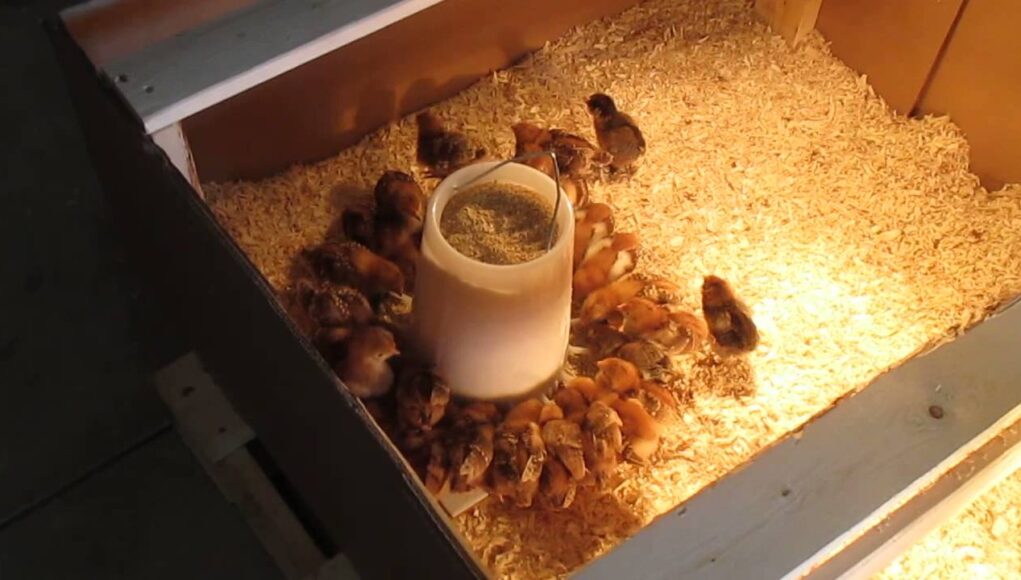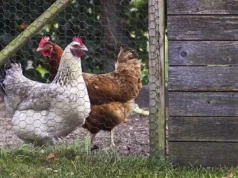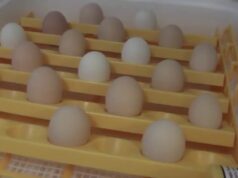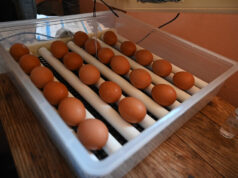Raising chicks can be a joyful and rewarding experience. To ensure the health and well-being of your little feathered friends, it is essential to provide them with a safe and nurturing environment. A metal chick brooder is an excellent choice for this purpose, offering durability and consistent warmth. In this article, we explore the benefits, setup, and maintenance of a metal chick brooder to help you make an informed decision.

What is a Metal Chick Brooder?
A metal chick brooder is a specially designed structure that serves as a temporary home for baby chicks. It provides a warm and secure environment, mimicking the conditions they need for healthy growth. The metal construction ensures durability and long-lasting use, making it a popular choice among poultry enthusiasts.
Benefits of Using a Metal Chick Brooder
Durability and Longevity
One of the key advantages of a metal chick brooder is its durability. Unlike wooden brooders, metal brooders are resistant to wear and tear, ensuring they last for many brooding cycles. This not only saves money in the long run but also provides a reliable shelter for your chicks.
Hygienic and Easy to Clean
Maintaining a clean brooding environment is crucial for the health of your chicks. A metal chick brooder is easy to clean and disinfect, preventing the spread of diseases. The non-porous surface of metal does not harbor bacteria, ensuring a sanitary space for your young birds.
Consistent Temperature Regulation
Chicks require a consistently warm environment. A metal chick brooder efficiently retains heat, ensuring that your chicks stay warm and comfortable. This stability is vital for their growth and immune system development.
Setting Up Your Metal Chick Brooder
Proper setup of a metal chick brooder is essential for creating a safe and nurturing environment. You may refer to setup guide for comprehensive steps. Lets review some basics:
Choosing the Right Location
Select a quiet, draft-free area in your home where the brooder can remain undisturbed. Ensure there is enough space for growth and for the chicks to move freely.
Setting Up Bedding
Use clean and dry bedding materials, such as pine shavings or straw, to cover the floor of the metal chick brooder. Regularly change the bedding to maintain cleanliness and prevent any odors.
Proper Heating
Install a heat lamp or brooder plate to maintain a stable temperature. Monitor the temperature closely, adjusting the heat source as needed, particularly during the first few weeks. A general guide on when to transition chicks can be found at move chicks to the brooder.
Maintaining Your Metal Chick Brooder
Regular Cleaning
Consistent cleaning prevents the build-up of bacteria and ensures a healthy environment. Wipe down the metal surfaces with a gentle disinfectant and replace bedding as needed.
Inspect for Wear and Tear
Although a metal chick brooder is durable, regular inspection is crucial to catch any potential issues early. Check for rust or sharp edges to prevent injuries to the chicks.
FAQs About Metal Chick Brooders
Why Choose a Metal Chick Brooder Over Wooden Models?
Metal brooders are preferred due to their durability and ease of cleaning. They do not rot and are less prone to bacterial contamination compared to wood.
Can a Metal Chick Brooder Be Used for Other Small Animals?
Yes, these brooders are versatile and can house other small animals, such as rabbits or guinea pigs, as long as temperature and habitat requirements are met.
How Do I Regulate the Temperature in a Metal Chick Brooder?
Using a reliable heat source and a thermometer, you can maintain the proper warmth levels. Adjust the heat lamp’s height to ensure a safe and comfortable temperature for the chicks.

Conclusion
A metal chick brooder provides a stable and secure environment critical for the healthy development of your chicks. By choosing a durable and hygienic metal option, you’re ensuring that your young birds have the best start in life. For more detailed brooding advice and step-by-step guidance, check out resources like Strong Animals and continue exploring the joys of poultry keeping.
This article contains affiliate links. We may earn a commission at no extra cost to you.











